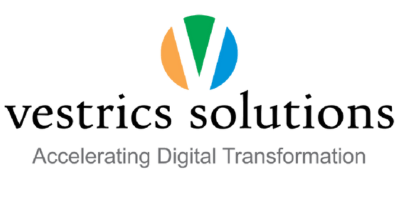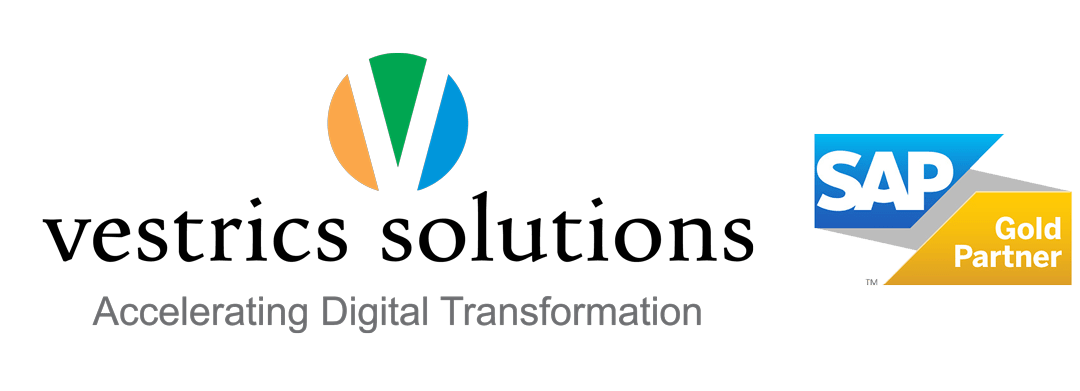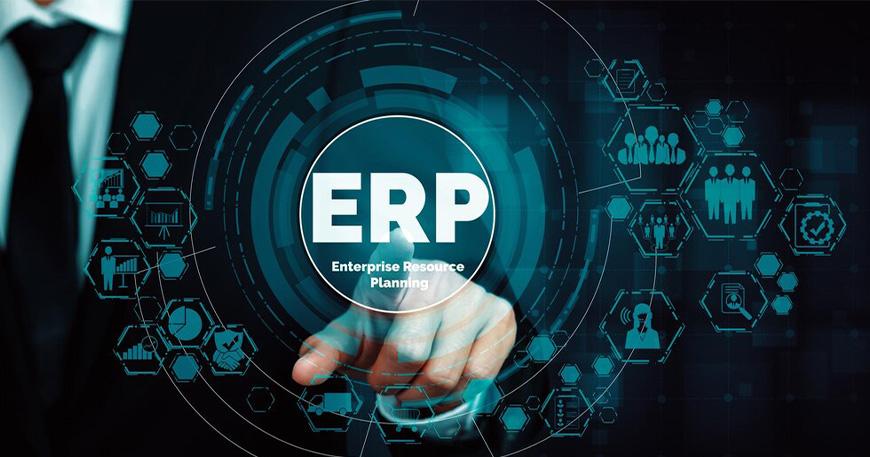Enterprise Resource Planning or ERP systems are pivotal for small to medium-sized enterprises (SMEs) looking to streamline day-to-day business operations, boost efficiency, and foster growth. However, deciding whether to implement an ERP solution is a weighty choice, involving substantial investments in resources, time, and capital expenditure. In this blog, let us explore the key costs and benefits associated with ERP implementation, providing a comprehensive overview to help you make an informed decision.
What is an ERP system?
Enterprise Resource Planning or ERP systems, as the term suggests, are strategic solutions to streamline processes, integrate functions, and drive organizational success for your business.
ERP systems are comprehensive software solutions designed to centralize and automate core business processes such as Finance, Human Resources, Inventory Management, Supply Chain Operations, and more. By consolidating data and processes into a unified platform, ERP systems enable organizations to improve decision-making, enhance collaboration, and respond more effectively to market demands in real time.
Factors to Consider: Cost of Implementing an ERP System
- Primary Investment
Implementing an ERP system includes certain upfront costs such as software licensing fees, hardware infrastructure, implementation services, and employee training. These initial investments can vary significantly depending on the complexity of the ERP solution, the size of the organization, and customization requirements.
- Ongoing Maintenance and Support
Beyond the initial implementation, SMEs must budget for ongoing maintenance, updates, and technical support. These recurring costs ensure the ERP system remains optimized, secure, and aligned with evolving business needs. While some ERP vendors offer subscription-based pricing models that include ongoing support, it’s essential to factor these costs into the overall budget.
- Operational Costs
ERP implementation often disrupts daily operations as employees adjust to new processes and workflows. Minimizing this impact requires effective change management strategies, thorough training programs, and clear communication to mitigate resistance and ensure a smooth transition.
Benefits of Implementing an ERP System
- Streamlined Operations and Enhanced Efficiency
One of the benefits of ERP systems is the streamlining of operations. By eliminating redundant tasks, reducing manual processes, and providing real-time visibility into operations, ERP solutions enable enterprises to operate more efficiently. This efficiency translates into time savings, improved productivity, and better resource allocation across the organization.
- Improved Decision-Making and Strategic Insights
ERP systems support SMEs with actionable insights derived from accurate, real-time data. Another major advantage of implementing an ERP System in your organization is the Advanced Analytics features and BI capabilities that allow decision-makers to identify trends, anticipate customer demands, and make informed decisions swiftly. This strategic advantage is invaluable in competitive markets where agility and responsiveness are crucial for growth.
- Scalability and Flexibility
ERP systems are designed to scale with business needs, accommodating increased transaction volumes, expanding product lines, and entering new markets seamlessly. Moreover, the flexibility of ERP solutions allows customization to align with specific industry requirements and organizational workflows.
- Cost Savings and Efficiency Gains
Despite the initial investment, ERP systems deliver substantial cost savings over time. By automating manual tasks, reducing inventory carrying costs, optimizing resource utilization, and minimizing errors, SMEs can achieve significant operational efficiencies. These efficiencies translate into lower operational costs and improved profitability.
- Enhanced Customer Satisfaction
A streamlined ERP system enhances customer satisfaction by improving order fulfillment processes, reducing lead times, and providing accurate product information. Meeting customer expectations consistently fosters loyalty and strengthens competitive advantage in the marketplace.
- Strategic Growth Opportunities
ERP systems provide SMEs with the foundation for strategic growth initiatives. With improved data visibility and forecasting capabilities, organizations can identify new market opportunities, launch innovative products or services, and expand into new geographic regions with confidence.
Conducting a Cost-Benefit Analysis
In today’s dynamic business environment, where operations are constantly evolving, it’s crucial to conduct a thorough cost-benefit analysis (CBA) before implementing an ERP system. This process helps businesses weigh the expected costs against the anticipated benefits, providing a clear picture of the potential return on investment (ROI). A well-executed CBA ensures that the decision to implement an ERP system is grounded in a solid understanding of its financial and operational impacts. Following are the factors you can consider, to cater to the requirements of your business –
Step 1: Clearly Define Objectives
Before evaluating ERP solutions, SMEs must define clear objectives and requirements aligned with their strategic goals. This includes identifying pain points, assessing current workflows, and determining key performance indicators (KPIs) to measure success. A well-defined set of objectives provides a clear roadmap, guiding SMEs through the complexities of ERP adoption and ensuring that the system delivers tangible benefits aligned with their business vision.
Step 2: Cost Estimations
Calculate the total cost of ERP implementation (including Software fees and hardware infrastructure) and ongoing support. Consider both, direct costs (e.g., vendor fees) and indirect costs (e.g., loss during implementation). By comprehensively estimating both direct and indirect costs, one can develop a realistic budget for ERP implementation. This detailed cost estimation is essential for making informed decisions and ensuring that the financial resources allocated to the project are sufficient to cover all aspects of the implementation process.
Step 3: Quantify Benefits
Quantify the anticipated benefits of implementing an ERP system, in measurable terms, such as cost savings, revenue growth, productivity gains, and customer retention rates, though it could be challenging to measure intangible assets like customer satisfaction, employee morale etc. Use historical data, industry benchmarks, and ROI calculators provided by ERP vendors to estimate potential returns.
Step 4: Assess ROI
Calculate the Net Present Value of implementing the ERP system using the formula:
[ Net Present Value = Net Benefits/Total Costs*100 ]
Compare the projected ROI against the organization’s investment criteria and finances to determine the feasibility and viability of the ERP project.
Implementing an ERP system is a strategic decision that involves a detailed analysis of costs, benefits, and returns. While the initial investment and ongoing expenses may present challenges, the long-term advantages of streamlined operations, improved efficiency, and growth opportunities outweigh these costs for many SMEs. Finding the right partner to guide the ERP system implementation is crucial for success. As an SAP Gold Partner, Vestrics Solutions supports ERP software implementation, customizing solutions to meet specific needs and enhancing capabilities with industry-specific plug-ins. Ready to advance your business through digital transformation? Contact us at sales@vestrics.in to explore the benefits of ERP implementation and schedule a consultation today!






